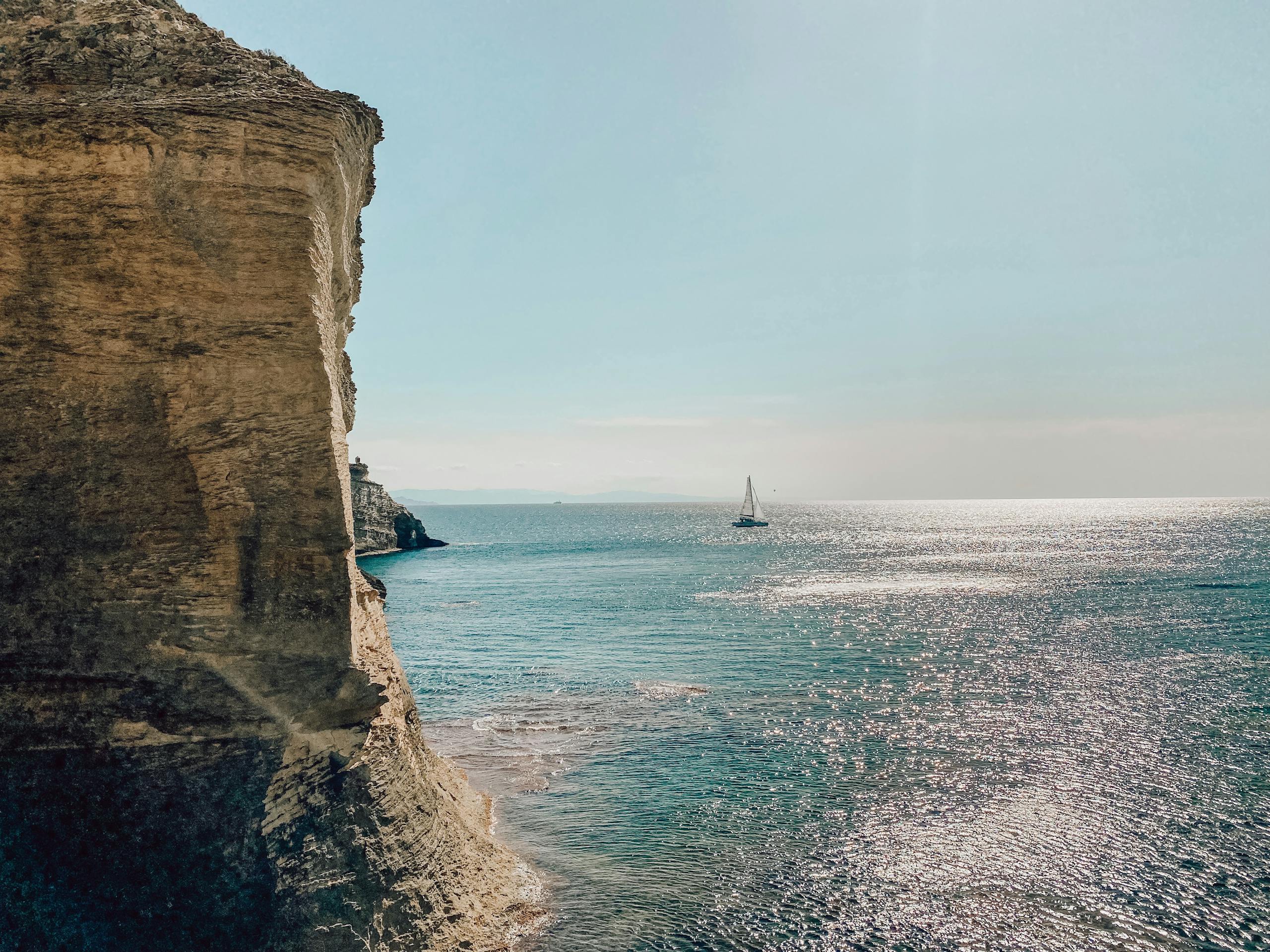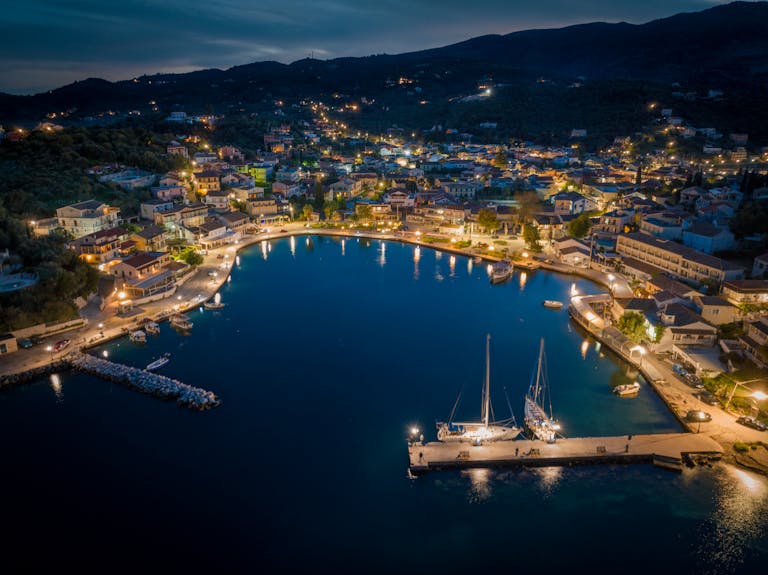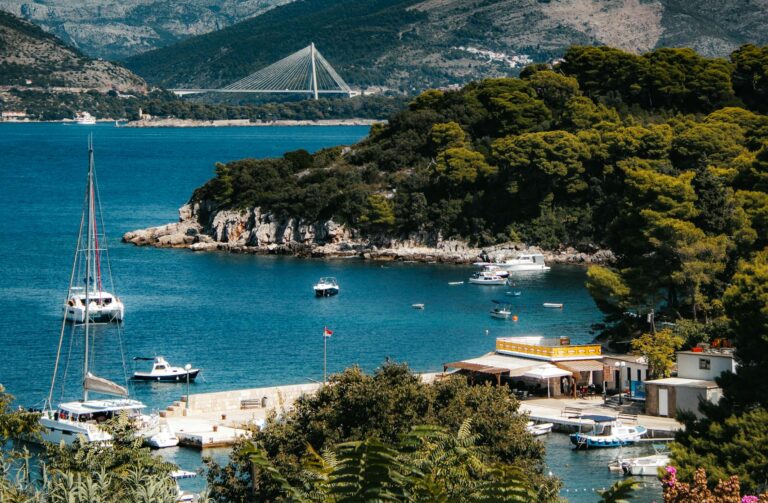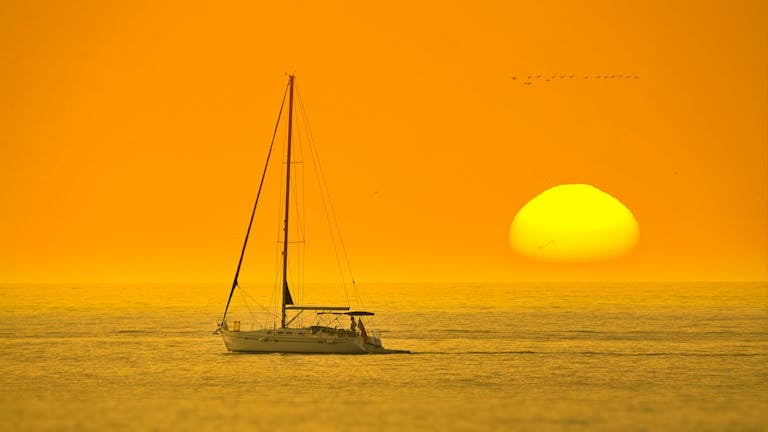Sailing in Corsica
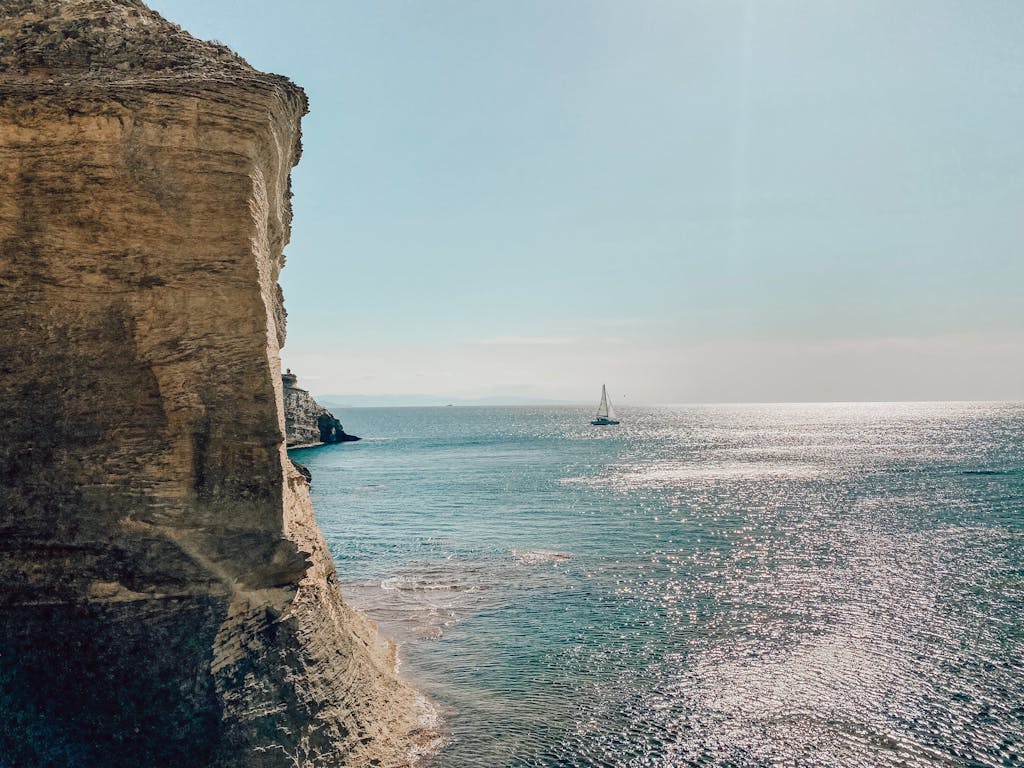
Corsica, the enchanting French island in the Mediterranean Sea, offers sailors an unparalleled blend of natural beauty, rich history, and pristine waters. Known as the ‘Isle of Beauty’, Corsica presents a perfect sailing destination with its 1,000 kilometres of coastline, featuring dramatic cliffs, sheltered bays, and crystal-clear waters. This comprehensive guide will help you navigate the essentials of planning and executing your Corsican sailing adventure.
Planning Your Corsican Sailing Adventure: Where to Begin
The first step in planning your Corsican sailing journey is deciding your point of departure. The main sailing hubs include Ajaccio, Bastia, and Bonifacio, each offering excellent charter services and well-equipped marinas. When selecting your vessel, consider the size of your crew and your sailing experience level, as the Mediterranean can present challenging conditions that require competent handling.
Before setting sail, ensure you have all necessary documentation, including sailing licenses and permits. It’s advisable to book your charter well in advance, particularly during the peak season from June to September. Consider working with reputable local charter companies who can provide invaluable insights about the region and assist with route planning.
Best Time to Sail: Mediterranean Weather Patterns
The Mediterranean climate around Corsica is generally favourable for sailing from April to October, with the peak season occurring during July and August. During these months, you can expect temperatures ranging from 25°C to 30°C, with sea temperatures comfortable for swimming. The prevailing winds are the Mistral from the northwest and the Sirocco from the southeast, typically moderate but occasionally strong.
Weather patterns can be unpredictable, particularly during shoulder seasons. Spring and autumn offer more tranquil conditions with fewer tourists, though you might encounter occasional rainfall. The winter months from November to March are generally unsuitable for leisure sailing due to strong winds and rough seas.
Top Harbors and Marinas Along Corsica’s Coastline
Corsica boasts several world-class marinas equipped with modern facilities. Port Charles Ornano in Ajaccio provides excellent shelter and access to the city’s historic centre. The marina at Bonifacio, set beneath limestone cliffs, offers one of the most dramatic approaches in the Mediterranean, while Port de Plaisance de Bastia serves as a convenient starting point for exploring the northern coast.
Saint-Florent’s marina, nestled in a beautiful bay, provides a perfect base for exploring the Desert des Agriates. Porto-Vecchio, in the southeast, offers a sophisticated marina with access to some of Corsica’s most beautiful beaches. Each marina provides essential services including fuel, water, electricity, and waste disposal facilities.
Hidden Coves and Secluded Beaches: A Sailor’s Guide
The western coast of Corsica features numerous hidden coves within the Gulf of Porto, a UNESCO World Heritage site. The Scandola Nature Reserve presents remarkable red rock formations and secluded anchorages accessible only by boat. The Lavezzi Islands in the south offer pristine beaches and crystal-clear waters perfect for swimming and snorkelling.
Along the eastern coast, you’ll discover the beautiful bay of Calvi and the remote beaches of Cap Corse. The Saleccia and Loto beaches, accessible primarily by sea, provide excellent anchoring spots away from the crowds. Remember to respect local environmental regulations and use appropriate anchoring techniques to protect the seabed.
Essential Navigation Tips for Corsican Waters
Navigation around Corsica requires careful attention to wind patterns and local conditions. The western coast can be particularly challenging due to strong winds and limited shelter options. Always maintain a safe distance from the rocky coastline and be aware of submerged rocks, particularly around the Lavezzi archipelago.
Modern navigation equipment is essential, but don’t rely solely on electronic charts. Carry updated paper charts and pilot books as backups. Pay particular attention to weather forecasts and be prepared for sudden changes in conditions, especially when the Mistral wind is predicted.
Local Maritime Regulations and Practical Information
Sailing in Corsican waters requires compliance with French maritime laws and local regulations. Ensure you have appropriate insurance coverage and necessary safety equipment aboard. The Scandola Nature Reserve and other protected areas have specific regulations regarding anchoring and activities permitted within their boundaries.
Visiting boats must register with marina offices upon arrival and may need to present ship’s papers and crew documentation. It’s advisable to carry cash, as not all smaller ports accept credit cards. Be aware of local customs and environmental regulations, particularly regarding waste disposal and speed limits in harbours.
Sailing around Corsica offers an unforgettable Mediterranean experience, combining natural beauty with rich cultural heritage. With proper planning, respect for local regulations, and attention to safety, your Corsican sailing adventure will reward you with spectacular scenery, hidden beaches, and charming ports. Whether you’re an experienced sailor or chartering with a skipper, Corsica’s diverse coastline provides endless opportunities for exploration and discovery in one of the Mediterranean’s most beautiful sailing destinations.
